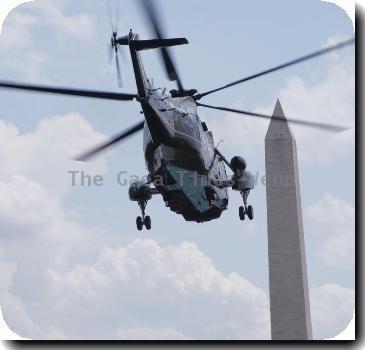California names Apollo 11’s lunar Tranquility Base as a state historical resource
By John Antczak, APFriday, January 29, 2010
Apollo 11 site named California historic resource
LOS ANGELES — Sandwiched into the same agenda as an old Southern Pacific railroad roundhouse and a 19th century raisin grape farm, Tranquility Base seemed way out of place for a California preservation panel to be considering Friday.
More than 221,000 miles out of place, in fact.
But the eight members of the State Historical Resources Commission were unanimous: Everything left behind by astronauts Neil Armstrong and Edwin E. “Buzz” Aldrin at the Apollo 11 landing site on the moon should be added to California’s register of historical resources.
The move is part of a five-state effort to push Tranquility Base toward being named a national historic landmark and U.N. World Heritage Site, said Milford Wayne Donaldson, the state historic preservation officer.
The other states — Florida, Alabama, New Mexico and Texas — were also highly involved in the Apollo program, he said in a telephone interview from Sacramento.
The Apollo 11 lunar module Eagle set down on the moon’s Sea of Tranquility on July 20, 1969, with Armstrong calling to mission control: “Houston, Tranquility Base here. The Eagle has landed.”
Since then history has focused on Armstrong’s first step onto the surface, his declaration of “one giant leap for mankind,” images of the first human bootprint in the dust and the rocks that were brought home.
Little is said about the items the astronauts couldn’t bring back: science instruments, tools, trash and the spider-legged descent stage. (Only the upper half of the lunar module blasted off to rendezvous with the cone-shaped command module orbiting the moon.)
In all there are more than 100 items, and academic interests are behind the push to protect the site of “probably the most important event for the mid-20th century,” Donaldson said.
Ironically, the vote came as a White House official confirmed to The Associated Press that President Barack Obama’s upcoming budget proposal would essentially ground NASA’s plan to return astronauts to the moon.
Donaldson, however, pointed to space tourism initiatives jump-started by Burt Rutan’s SpaceShipOne and the pending Google Lunar X Prize — $30 million for putting a privately financed robot lander on the moon.
“It’s not inconceivable — even if we don’t as a government get up there — we could have people visiting the moon,” he said.
That could spell trouble for the undisturbed footprints and relics of the Space Age archeological site.
“There’s always that fear: If you’re going to the moon where would you want to go? Obviously, the first landing,” Donaldson said.
Tags: Astronomy, Barack Obama, California, Cultural Preservation, Cultures, Los Angeles, North America, The Moon, United States

